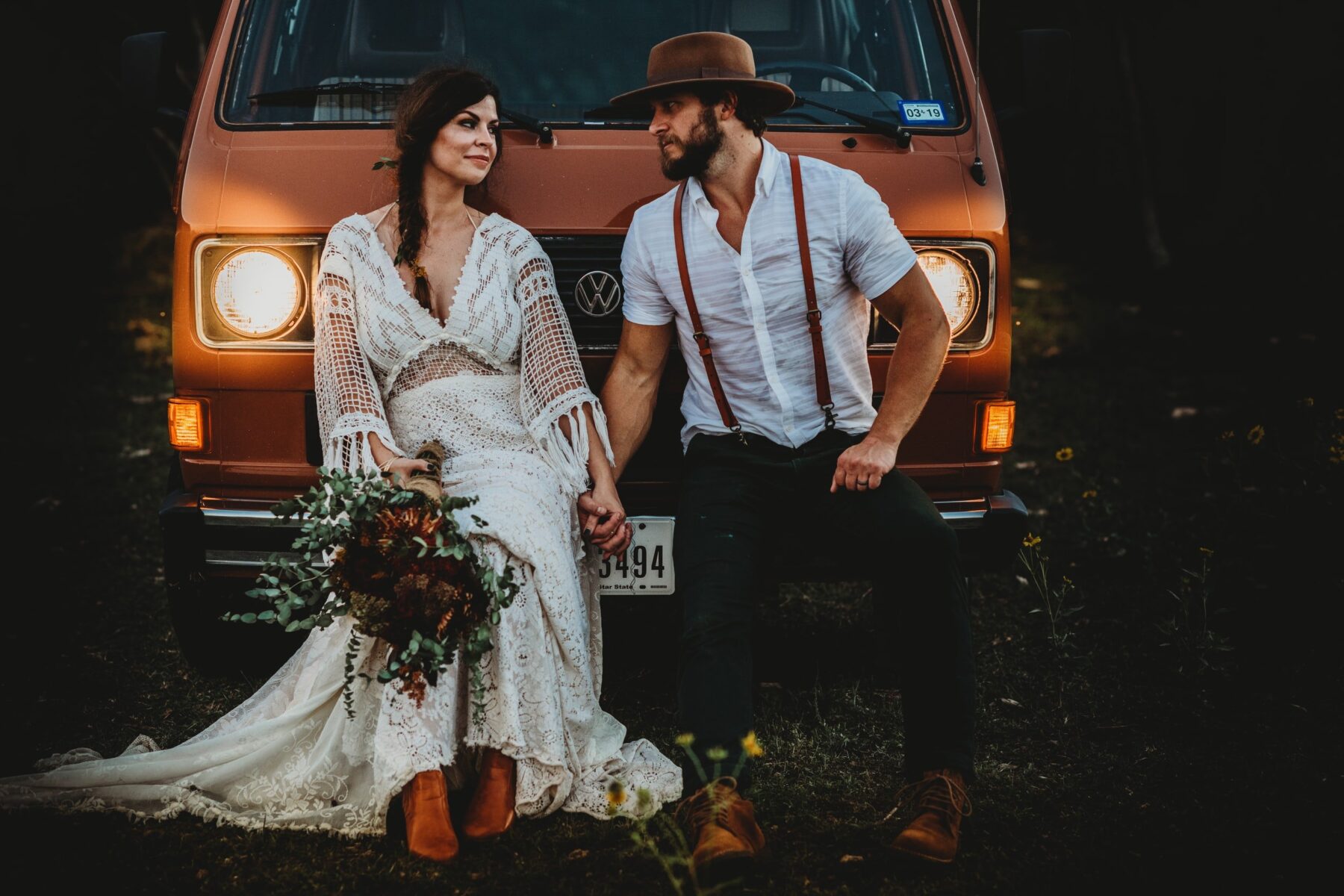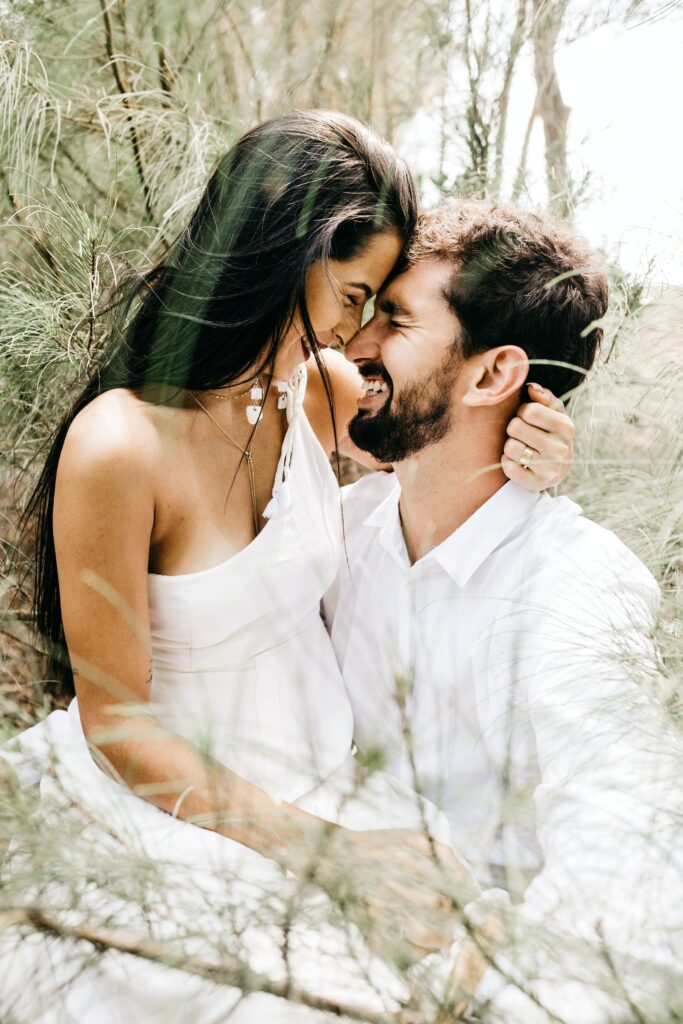Aren’t stories supposed to be exciting? Where’s the emotion, the tension, the perspective, the art? Almost every wedding videographer claims they “tell a story,” but honestly, very few do. It seems that “story” has turned into a buzzword. In this post, I will explain how to tell a story couples are dying to have.
Throughout my videography career, I learned everything a seasoned videographer should know. As a wedding videographer, I noticed that just about every wedding video was the same. That’s when I decided to shake things up and start my own wedding videography company focused on telling stories with a deep emotional connection to the couple.
Below I’ll explain how I took the wedding industry by storm by providing couples with dynamic stories that make them laugh, cry, smile, and reminisce.
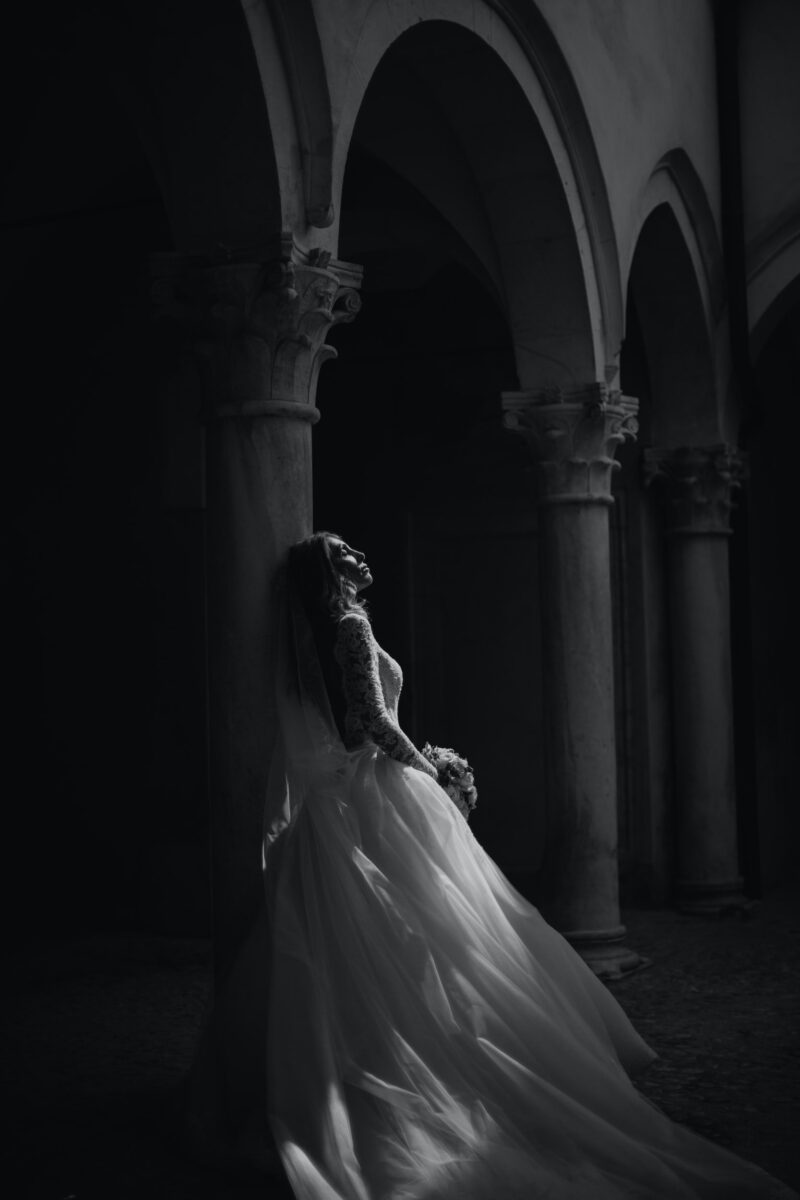
The Six Elements of Wedding Stories
I’ll begin by saying that this is a general overview; each section could be a book of its own. For this post, we’ll stick to some of the basics.
We have to answer this simple question: What is a story? A story is the artistic telling of a journey. Without getting into the weeds of film theory, story themes, and so on, here are the six elements you need to master to build a powerful wedding story.
- Character – the videographer’s job before the wedding is to understand the characters and their backstories. I prefer to speak with couples on the phone, zoom, or in-person to get to know them better. I also schedule a meeting with each couple before the wedding. We go over how they met, where they’re from, how long they’ve been together, what they enjoy doing together, what they love most about the other, etc. Take detailed notes; this will come in handy during prep!
- Setting/Theme – Some venues lend themselves to certain filming styles. Compare the wedding’s venue to a movie genre. Black tie weddings at sophisticated venues look best with smooth gimbal/steadicam shots and high contrast images such as silhouettes. Rustic farmhouse weddings are great for handheld shots and warm color grading. The setting should also influence other elements of the video: gear used, editing, music, sound design, color, etc.
- Plot – Plan out how to incorporate all the different wedding day elements into the video. How are you going to use the audio? Is the couple planning to read cards? A good plot comes from a strong understanding of the wedding itinerary. Make sure you know the times of each part of the wedding. It’s crucial to understand how to put all of the puzzle pieces together beforehand. Once you know how the wedding day is structured, begin building a wireframe for the plot. Make sure to include the couple’s backstory when developing your narrative.
- Point of view – What perspectives are you going to take? Over-the-shoulder shots with a shallow depth of field give an intimate feel perfect for weddings. Use pov’s of guests and the couple periodically to further your story. Take advantage of good lighting and interesting backgrounds that sequence well in post-production. Go for graphic matches and symbolic gestures. Reference to the couple’s backstory whenever possible to add depth to the wedding video.
- Tension – Not to be confused with drama or conflict. Essentially, tension is the anticipation and excitement of the couple. Most videographers exclude this story element; that’s a huge mistake. No tension = a boring wedding video. Make sure to capture the subtle ways the couple expresses the excitement throughout the day because it’s a vital element to making a dynamic narrative.
- Resolution – Every good love story needs a happy ending. Provide a full-circle conclusion and show that this day is not only the continuation of a love story but the start of a new chapter. The sequence of the wedding does not need to be the sequence of the story (although it can be). Get creative and wrap up the video with a heartwarming ending.
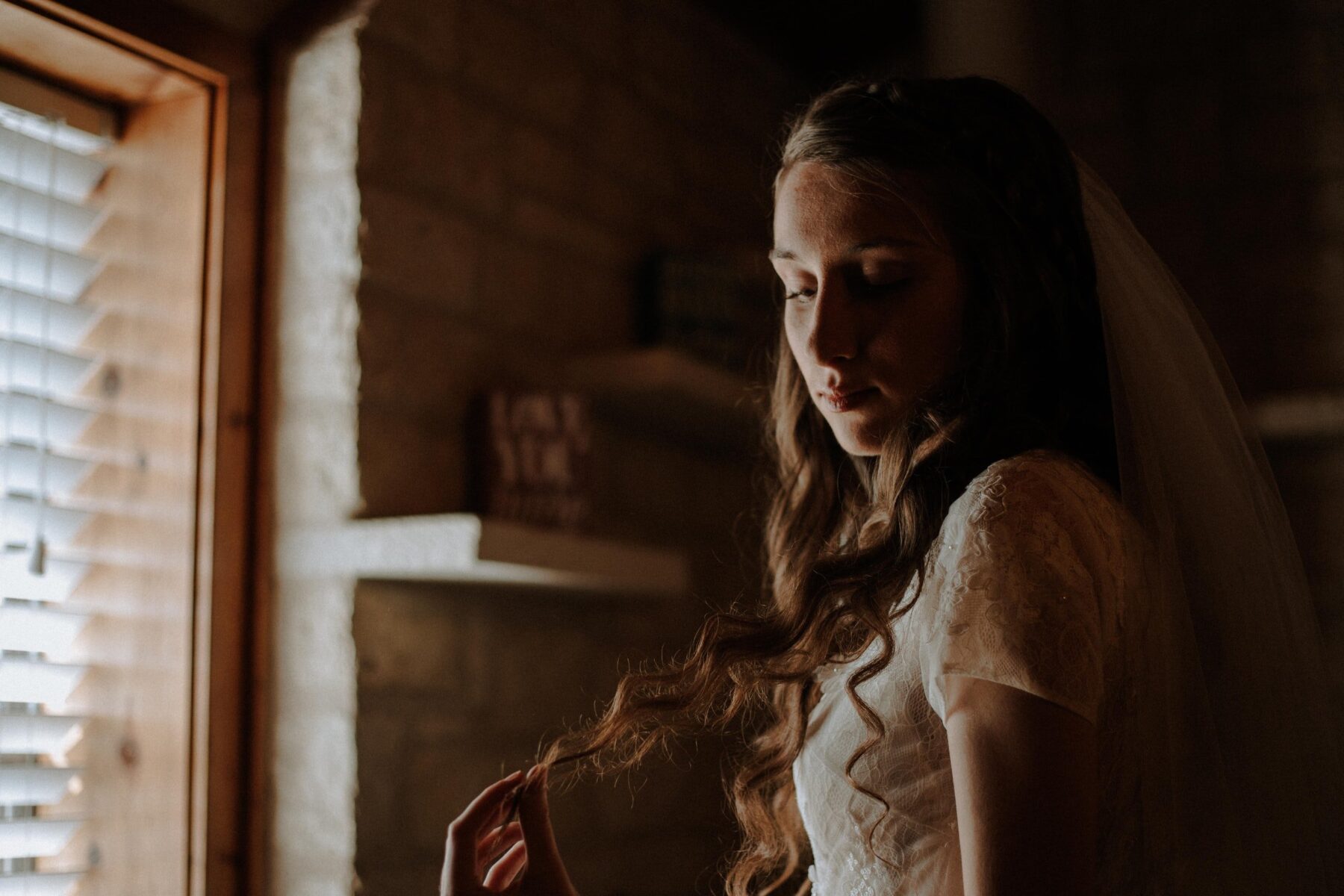
Planning
The first step in planning is getting to know the couple. Ask questions to find their preferences and interests. Here are a few example questions to get you started:
How did you meet?
What do you love most about your partner?
What do you enjoy doing together?
Imagine your future together. What do you see?
What specific moments define your relationship?
For most, planning consists of charging batteries and packing the equipment. Now that you’re a real storyteller, your planning process has a few extra steps. Build a wireframe plot for the video. Include what you’ve learned about the couple with the six elements listed above. Get creative with your narrative!
Develop a storyboard or shot list with a story overview for your wireframe. Be mindful of the venue’s limitations and strengths when developing. For advanced storytellers, you could also add a scripted voiceover or props. You should never haphazardly include voiceover and props; they should have a specific purpose in guiding the story.
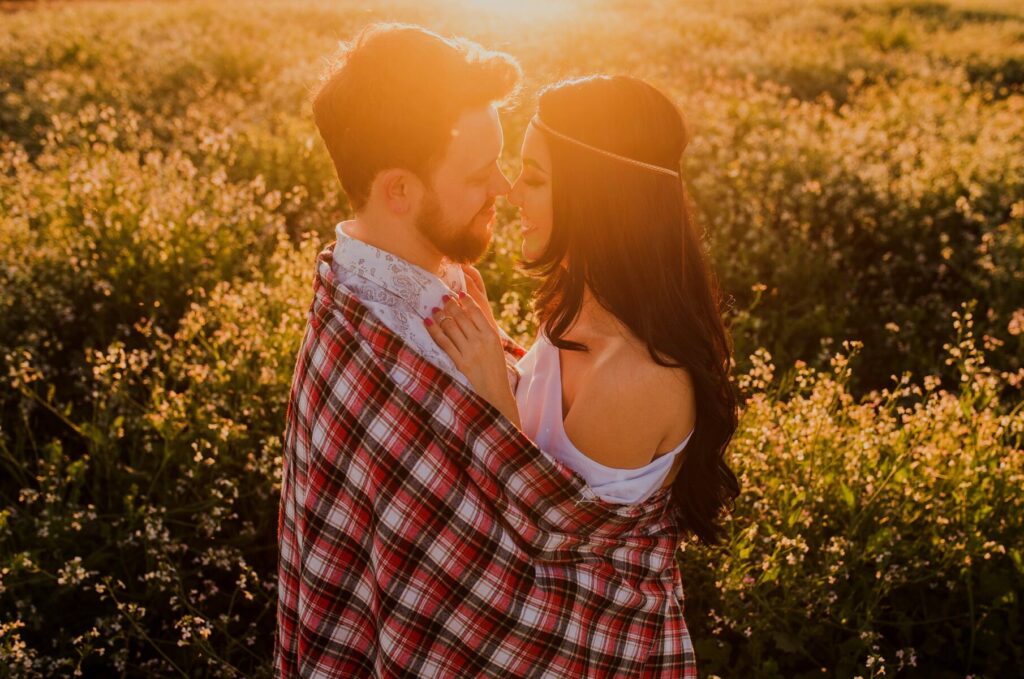
Posing
When I watch another videographer’s reel and see different couples in repeated poses, I get a little frustrated. I find this limiting. Every couple is unique; they should see their mannerisms and personalities in the poses. Let’s say your partner has a habit of brushing your hair behind your ear. Wouldn’t it be nice to see them do that organically in the video?
Another no-no for me is using photography poses for the video poses. While it’s okay to include bits of the photo session in a brief montage, this should not substitute for video poses.
Here are some tips on creating organic poses with a couple specifically for video.
- Choose a beautiful environment without guests or distractions. Outdoor options are best if available.
- Make the couple comfortable. A great way to do this is to get them talking and laughing. Consistently give positive feedback, gently offer corrections, and keep the mood light and fun.
- Instead of telling them exactly what to do, try guiding them with prompts. Example: Julia, I’d like you to walk forward and look over your shoulder at Chris with excitement. Chris, I’d like you to use your eyes and right hand to show Julia that you will be there for her no matter what.
As you practice this more, you’ll develop phrases and tactics that work well with your filming style. By following these steps and adding your own creativity, you’ll show an accurate representation of the couple you are filming.
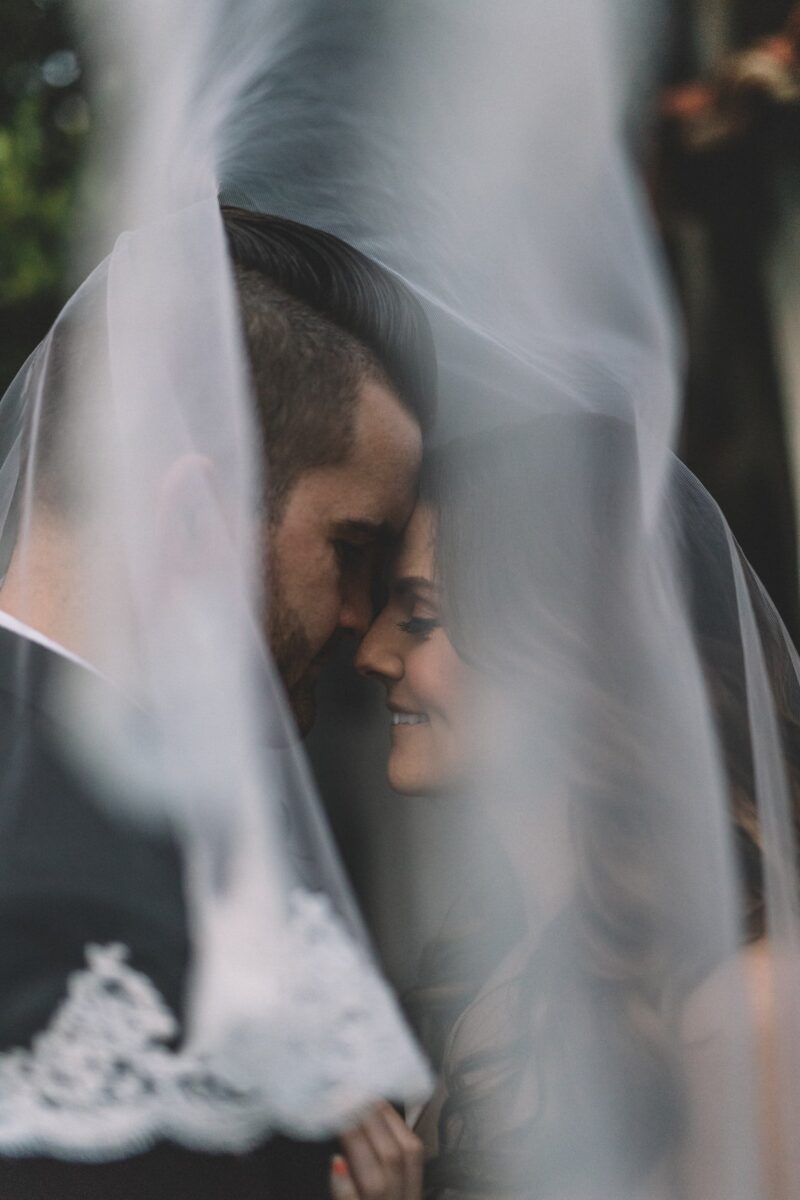
Plot
The wedding video’s plot is not the same as the wedding itinerary. The emotional elements of the story are in control of the images and audio if your plot is working as it should. The vast majority of wedding videographers use the itinerary to advance the story, leading to generic and boring videos. We can do better.
The best way to introduce a plot is with an additional day of shooting. Not only will it give you a better understanding of your couple’s relationship and get them comfortable in front of a camera before the wedding, but it allows you to cut to a more scripted scene in post.
Here are the three elements needed to connect your plot to the wedding: thematic connection, personal/character connection, and chronological connection. Failing to implement any of these three connections will leave your film feeling unattached and amateurish.
If you don’t have the luxury of an additional shooting day, consider carving out some time on the wedding day for an interview-style shoot, card reading, or another story mechanism.
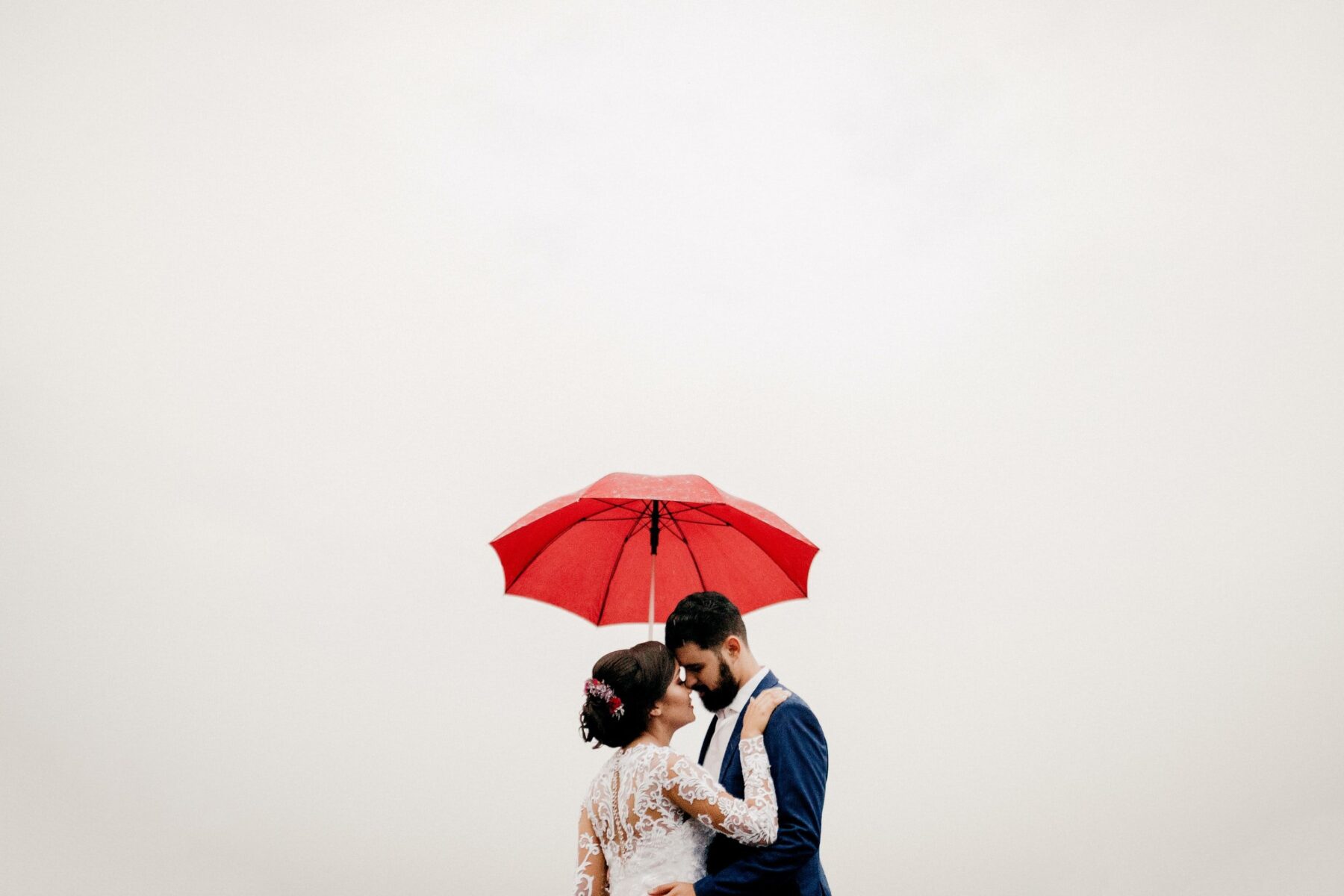
Tension
Tension is the wedding videographer’s substitute for conflict in the plot diagram. Like any other form of narrative-based work, the tension should build slowly to the climax, followed by a resolution. When planning, make sure to include how you will build tension in your plot.
In the case of wedding videos, the tension is the anticipation and excitement felt by the couple. You can slowly introduce tension in your video by showing the small details and intimate moments leading up to the ceremony. You can also flash forward to later parts of the day while being mindful not to give too much away too soon. A well-thought-out and appropriate music bed will guide you while editing.
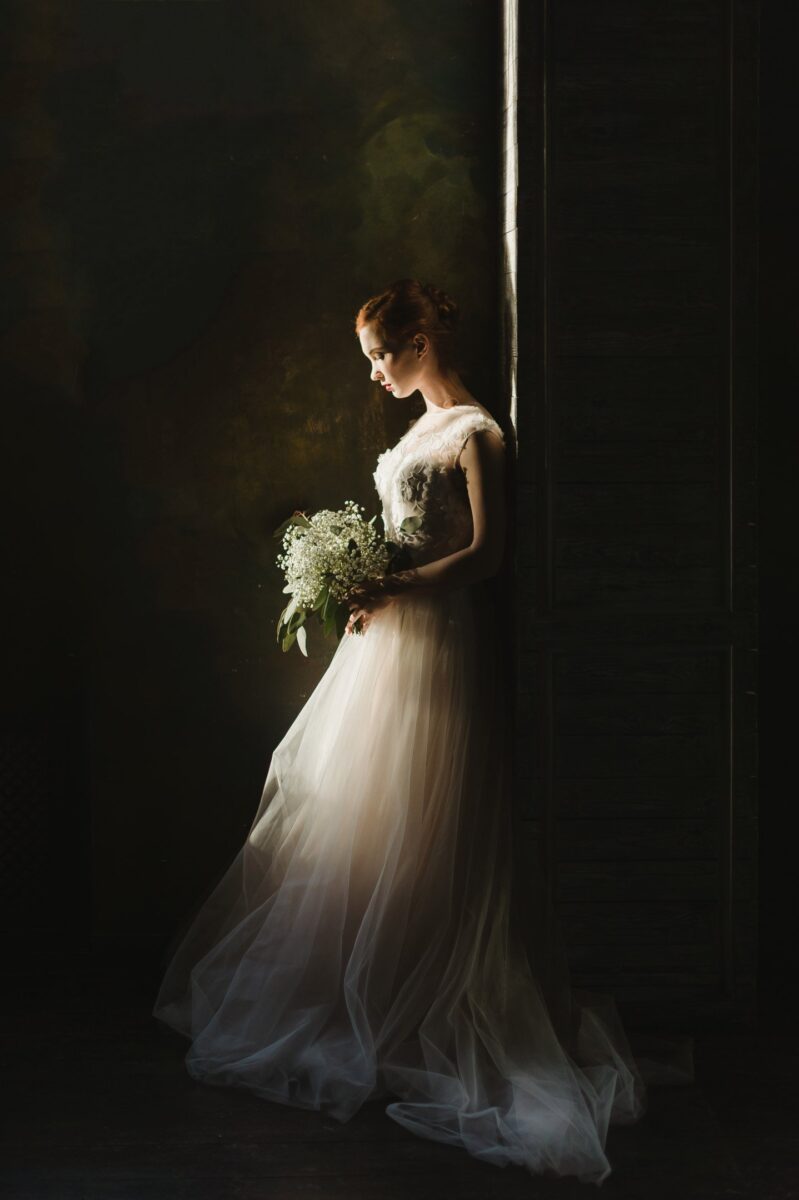
Resolution
At the tail end of the wedding video, it’s time to throw a nice bow on top and bring closure to the narrative. End with something impactful that will echo in the viewer’s mind long after the video ends. A montage works well, but make sure to pick genuine moments and include new artistic value. As cringy as it may sound, on some wedding videos, I take inspiration from the beginning sequence in Disney, Pixar’s UP. If it’s good enough for the greatest storytelling company of all time, it’s good enough for me.
No matter the budget, style, or culture, every couple wants a dynamic wedding video led by a real story. The filmmaker needs to break beyond the surface and allow viewers to see more than the 2D image on the screen.
Wedding videos are more than entertainment; they are artistic representations of the journey a couple takes on a milestone day. After the wedding day, the flowers die, the music stops, and the food is gone. The only things the newlyweds are left with are the photos and video. Provide your couple with a timeless video that gives them a sense of what it was like on their wedding day. Show more than how beautiful everything looked. Show them their story filled with genuine emotion, artistic value, and deep connections to who they are.
